End of the World Discovery Tour
Join us on a free walking tour through Ushuaia, exploring its rich history, stunning landscapes, and remarkable cultural landmarks that define this unique southern city.
Time
3 Hours
Stops
6 Places
Distance
4.2 km
Museo del Fin del Mundo
Start your tour at the Museo del Fin del Mundo to learn about the region's history, indigenous cultures, and maritime past, setting the stage for understanding Ushuaia's unique position as the southernmost city in the world.
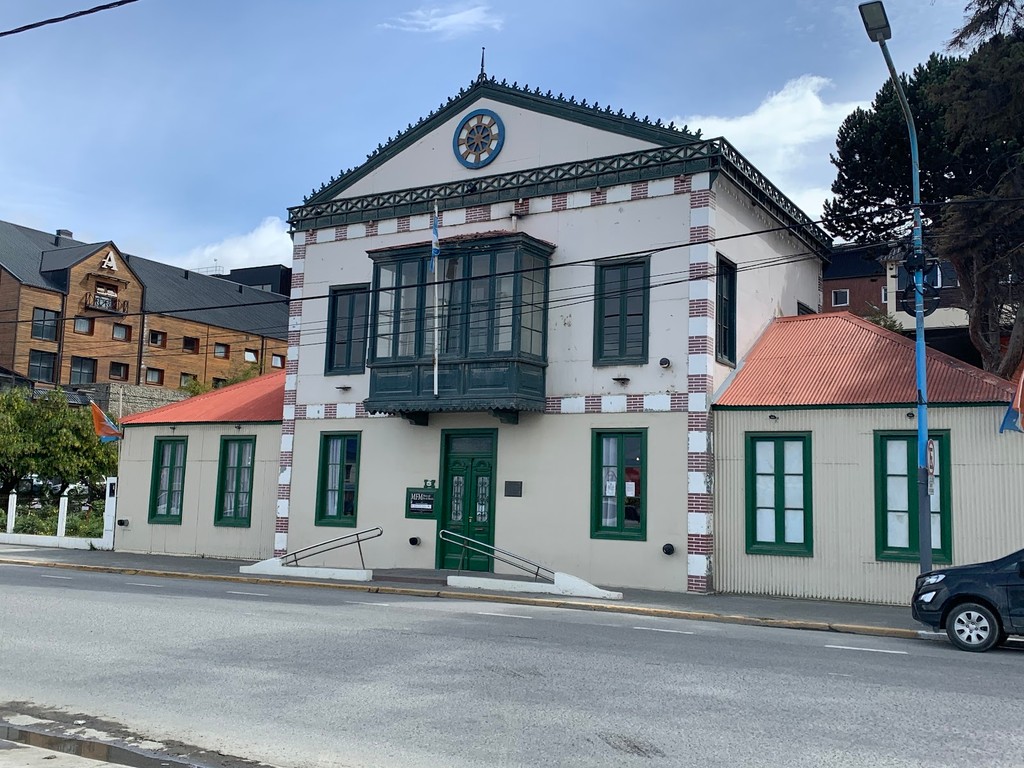
Museo del Fin del Mundo (Source: Google Maps)
The Museo del Fin del Mundo, or Museum of the End of the World, is a vital institution that showcases the history and culture of Ushuaia and the surrounding region. Established in 1979, it houses an extensive collection of artifacts related to the indigenous peoples of Tierra del Fuego, including Yaghan and Selk'nam cultures, as well as exhibits on the region's natural history, flora, and fauna. The museum’s architecture reflects the local style, featuring stones and materials sourced from the area. Visitors can explore a range of displays that highlight the maritime history of Ushuaia, its role as a gateway to Antarctica, and the evolution of the city into the southernmost urban center in the world. The museum serves as an educational hub, providing insights into the unique environmental and cultural challenges faced by this remote region.
Saint Christopher Shipwreck
Explore the remains of the Saint Christopher tugboat, a poignant reminder of Ushuaia's maritime history and a popular spot for photography.
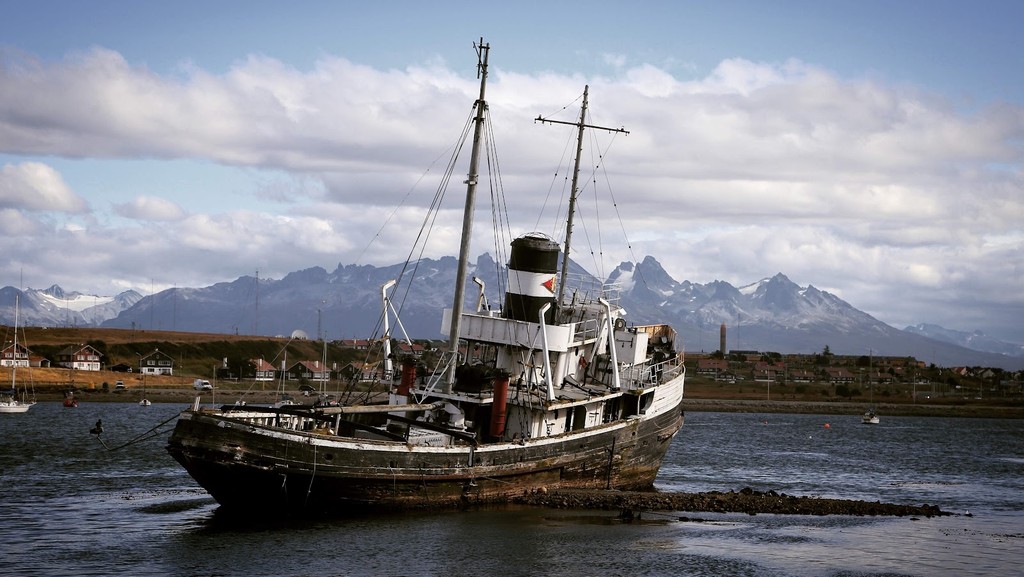
Saint Christopher Shipwreck (Source: Google Maps)
The Saint Christopher Shipwreck is an iconic landmark in Ushuaia, representing a significant part of the city's maritime heritage. This tugboat, which sank in 1956, now lies partially submerged and has become a popular site for both locals and tourists. The wreck is a poignant reminder of the challenges faced by seafarers in these treacherous waters, as Ushuaia is known for its unpredictable weather and rough seas. Over the years, the shipwreck has transformed into a unique photographic opportunity, drawing many to capture its haunting beauty against the backdrop of the Beagle Channel. The site also serves as a natural habitat for various marine birds and seals, making it an interesting spot for wildlife enthusiasts. The story of the Saint Christopher is intertwined with Ushuaia's development, reflecting the city's historical reliance on maritime activities and the ever-present relationship between the community and the sea.
Plaza Malvinas
This memorial park honors the soldiers who fought in the Falklands War, providing a reflective space with panoramic views of the Beagle Channel.
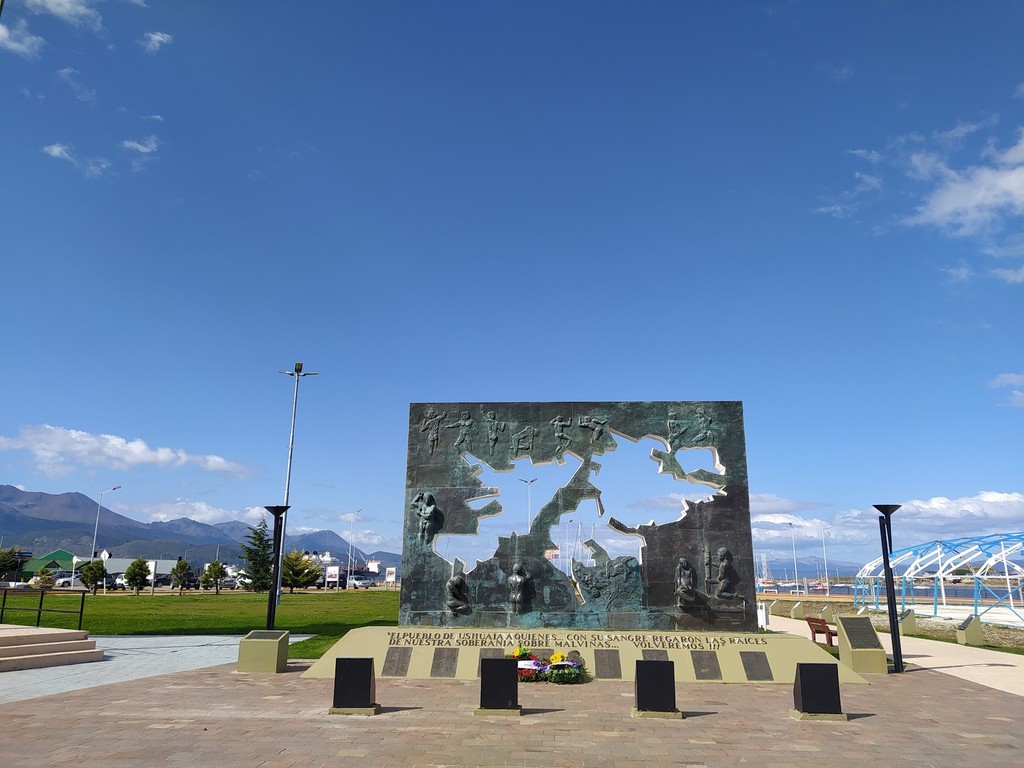
Plaza Malvinas (Source: Google Maps)
Plaza Malvinas, or Malvinas Square, is a significant memorial park in Ushuaia, dedicated to the soldiers who fought in the Falklands War. The square features a grand monument that honors the sacrifices made during this conflict, which has a deep emotional resonance in Argentine history. Visitors to the plaza can find a peaceful space for reflection, surrounded by beautifully manicured gardens and trees that provide a serene atmosphere. The park is strategically located, offering panoramic views of the Beagle Channel and the mountains that frame this stunning landscape. Plaza Malvinas is not only a place of remembrance but also a gathering point for locals, often hosting events and ceremonies commemorating national pride. Its cultural significance is further emphasized by the various plaques and sculptures that narrate the story of the war and its impact on the region, making it a poignant stop during any exploration of Ushuaia.
Casa Beban
Visit this beautifully restored historic house, now a cultural center, to appreciate Ushuaia’s architectural heritage and enjoy rotating art exhibitions.
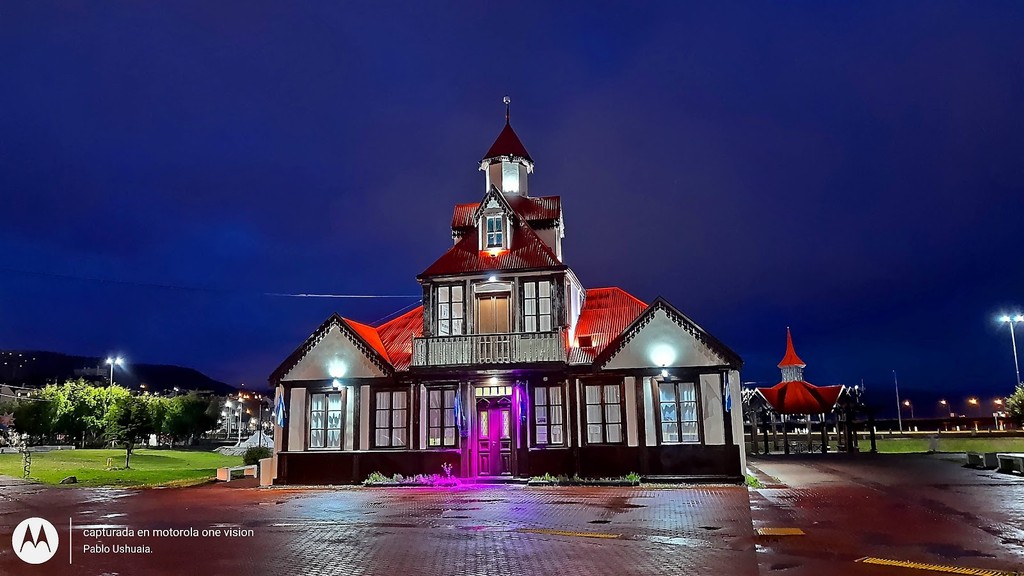
Casa Beban (Source: Google Maps)
Casa Beban is a historic house in Ushuaia, originally built in the early 20th century, that stands as a testament to the architectural heritage of the region. This beautifully restored building showcases a unique blend of styles, reflecting the influences of both European settlers and local materials. Once a private residence, Casa Beban now functions as a cultural center, hosting art exhibitions, workshops, and community events. The intricate details of its architecture, including wooden beams and ornate facades, provide insight into the lifestyle of early Ushuaia inhabitants. Inside, visitors can explore rotating art displays that feature the work of local artists, making it a vibrant hub for cultural exchange. The house's historical significance is complemented by its location, which offers stunning views of the surrounding landscape, allowing guests to appreciate both the artistry of the structure and the natural beauty of Ushuaia.
Paseo del Centenario
Enjoy a scenic walk through this park, which offers stunning views of the surrounding mountains and the Beagle Channel, perfect for a moment of relaxation.
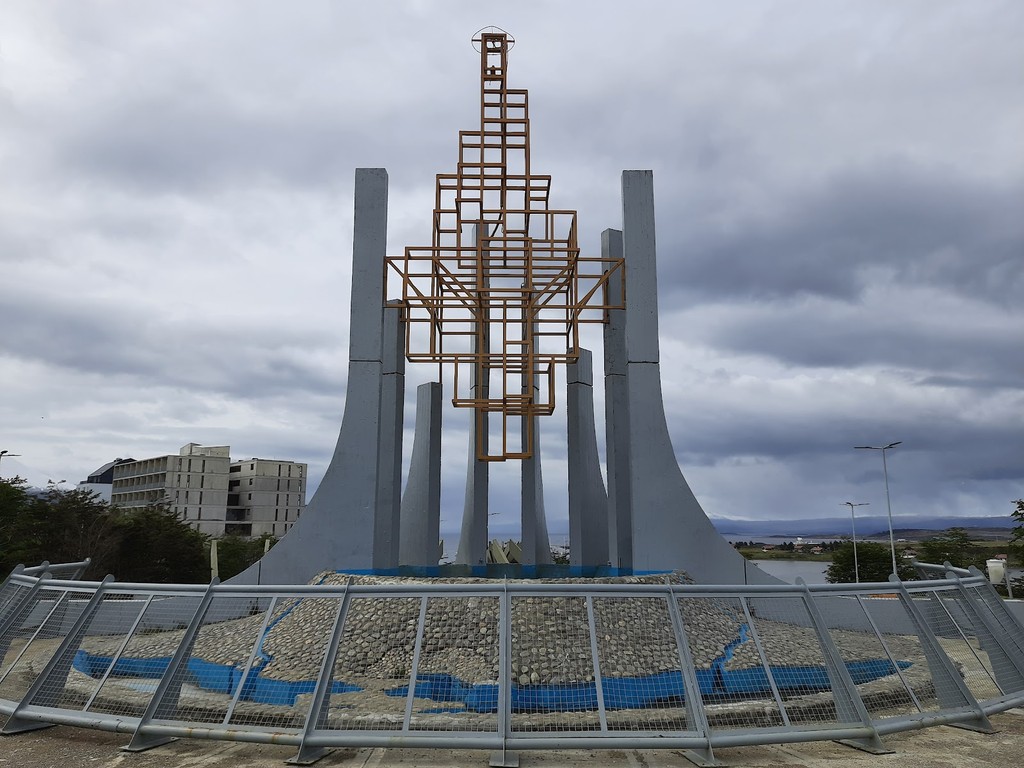
Paseo del Centenario (Source: Google Maps)
Paseo del Centenario is a picturesque park located in Ushuaia, designed as a tribute to the centenary of the city. This scenic walkway offers visitors a chance to immerse themselves in the breathtaking natural beauty of the region, with stunning views of the surrounding mountains and the Beagle Channel. The park features well-maintained pathways, lush greenery, and various seating areas where visitors can relax and take in the sights. It's an ideal spot for leisurely strolls, picnics, or simply enjoying the tranquility of the landscape. The Paseo del Centenario is also adorned with sculptures and informational plaques that celebrate the history and culture of Ushuaia, making it an educational experience as well. This park serves as a gathering place for locals and tourists alike, often hosting events and activities that foster community engagement and appreciation for the natural environment.
Ushuaia Prison Museum (Museo Marítimo y del Presidio)
Visit the former penal colony turned museum, which offers insights into the harsh conditions of the prison and its role in Ushuaia's development.
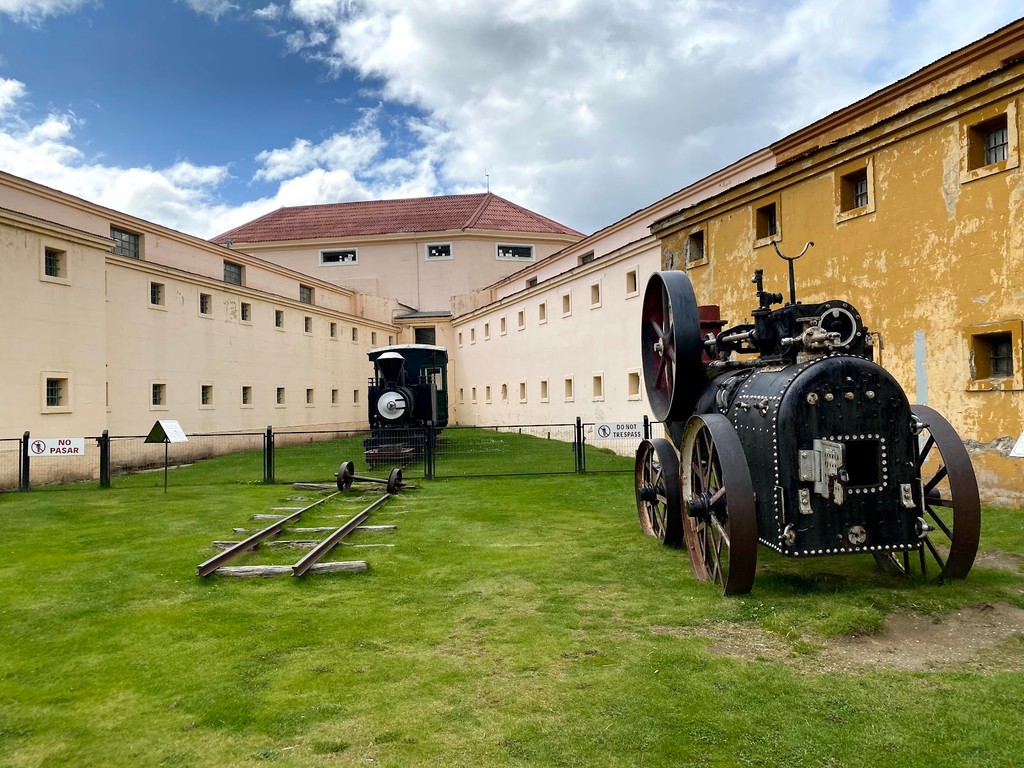
Ushuaia Prison Museum (Museo Marítimo y del Presidio) (Source: Google Maps)
The Ushuaia Prison Museum, housed in a former penal colony, provides a captivating glimpse into the harsh realities of prison life in the early 20th century. Established in 1906, the prison was built to house criminals and political prisoners in one of the most remote locations in Argentina. The museum now offers visitors an opportunity to learn about the history of the penal system in Ushuaia, showcasing the conditions that inmates endured and the challenges faced by the guards. Exhibits include photographs, personal belongings of prisoners, and reconstructed cells that illustrate life within the walls. The building itself is an architectural landmark, with its imposing stone structure reflecting the severity of its original purpose. Additionally, the museum highlights the development of Ushuaia as a city and its transformation from a penal colony to a thriving community. This unique historical site serves as a reminder of the complexities of justice and society in a remote part of the world.

Your travels, your rules.
Create your own Free Walking Tours.
Set your preferences, distances and anything you want to do or see.
Completely free, no payment required.